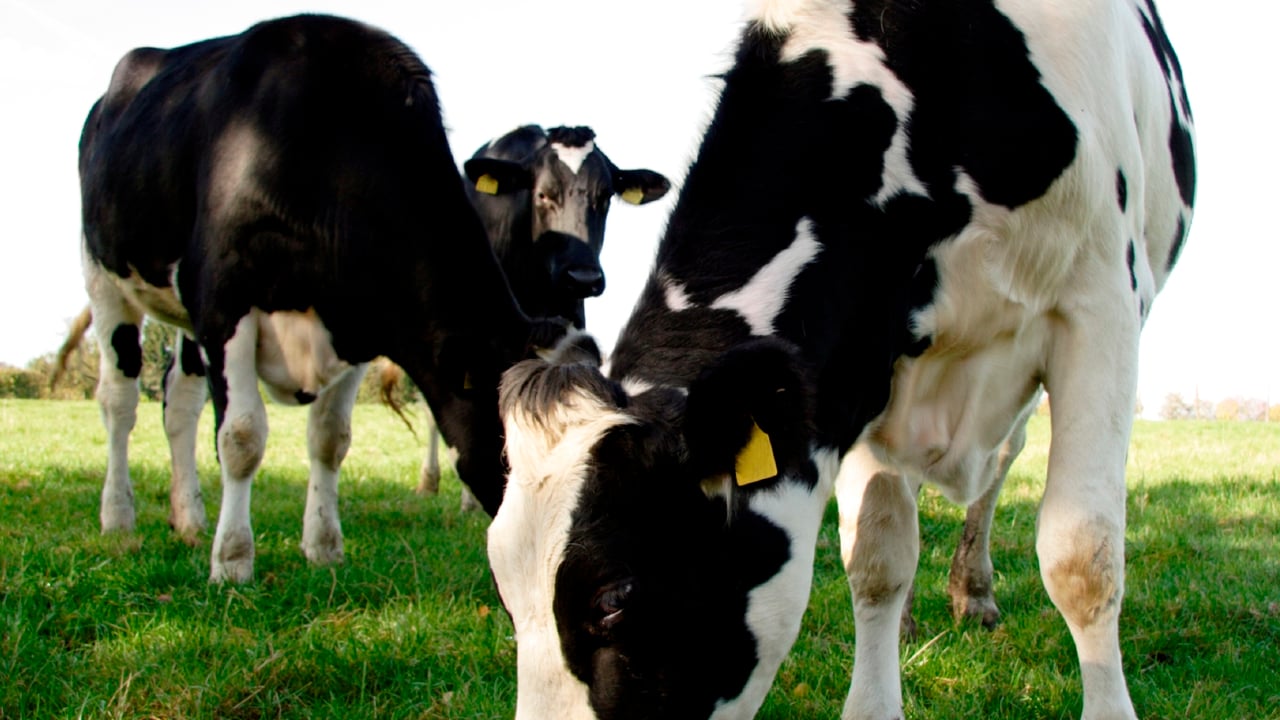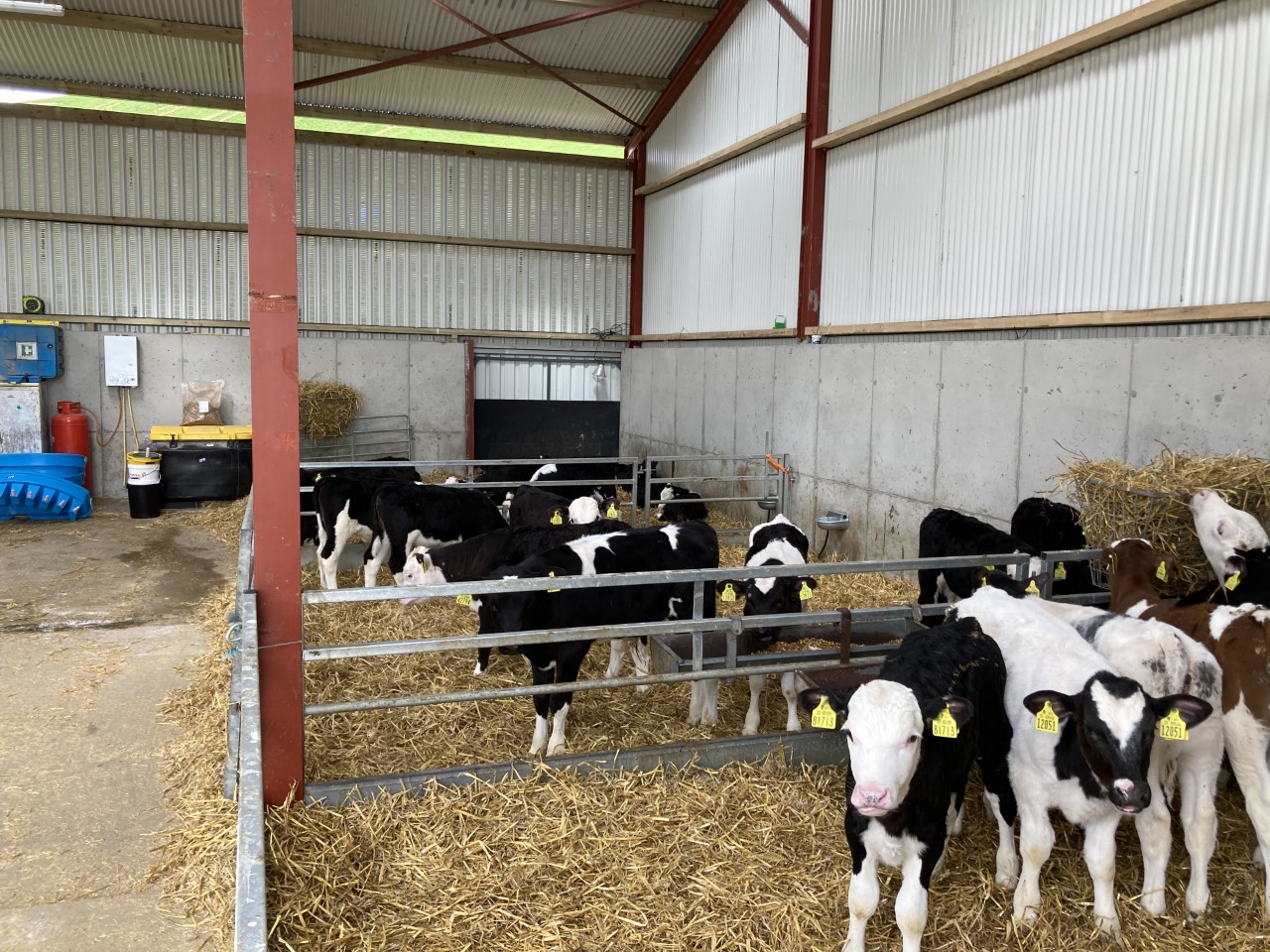Vaccinations: Best practice for handling, administration and storage
Prevention is better than cure - vaccinations offer farmers a way of reducing the possibility of diseases affecting their herds.
Good disease control will improve time and labour efficiency, lower overall farm costs, and, most importantly, improve animal performance through improved health and welfare.
Vaccinations are an effective way of preventing the spread of illnesses on farms, from diseases such as:
Before the use of any vaccines, consultation with your vet is advised.
Vaccinations are one of the most cost-effective ways to reduce disease within your herd, and it provides optimum protection when carried out correctly.
Always ensure animals are in good health before vaccinating. Vaccination is not the only method of disease control, and should be supported by additional on-farm measures, such as biosecurity and diagnostic testing.
The cornerstones of good disease control are:
Always check with your vet prior to vaccine administration. Always read and understand the manufacturer’s instructions before use.
Colostral antibodies may interfere with the immunity stimulated by some vaccines when used in young cattle.
Always check the appropriate age to administer each vaccine and only vaccinate healthy animals.
Record all vaccines given to animals - as well as coinciding information such as; date, animal number, type of vaccine used - in the booklet or your own records.
Never mix vaccines or administer within 14 days of each other unless the manufacturer’s instructions state otherwise. Never use the same needle or syringe for different vaccines.
Vaccines should always be stored in a fridge at 2 - 8°C or in line with manufactures specification.
Always check the shelf-life of the product and never use expired vaccines. Once opened (seal broken), check the longevity of the product.
Always use appropriately sized needles for each animal and route of injection - short needles (0.5 - 1.0in) for subcutaneous injections and longer (1.5in) for intramuscular injection.
Short needles should be used on younger animals.
A new needle per animal is preferable. Should multiple animals be treated with the same needle, sterilisation is necessary. All needles should be sterile and sharp.
Read the manufacturers guidance sheet for proper disposal method.
Always dispose of sharp needles in a dedicated container labelled ‘SHARPS’.






